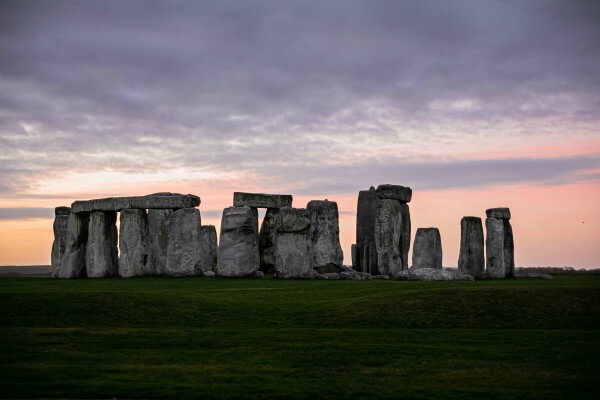The Shortest Day of the Year

The Winter Solstice this year takes place in the Northern Hemisphere at 04:19 on Sunday 22 December. The date marks the day with the fewest hours of daylight during the year – that’s why its often referred to as the shortest day or sometimes the longest night of the year.
It’s celebrated by a number of different cultures and has changed much over the years – but is still celebrated today in some forms of Modern Paganism. The pre-Christian festival, the Feast of Juul, was observed in Scandinavia and nowadays, Christmas customs and traditions such as the Yule log and others stem from the pagan Juul. In China and East Asia it’s a time for getting together; families often make and eat tangyuan – balls of glutinous rice, occasionally brightly coloured and cooked in a sweet or savoury broth. In Iran, fFriends and family get together to eat, drink and read poetry until the early hours and apparently pomegranates and watermelons are especially significant! Today, people in the UK visit the ancient site of Stonehenge, where its possible to glimpse the sun’s rays through the stones.
After the winter solstice, the days get longer and the nights shorter and we love it because it signifies that spring is on its way! Although it starts slowly, in just a month, the length of our days will increase by almost 30 minutes.
If you’d like to learn more, visit the English Heritage website here.

